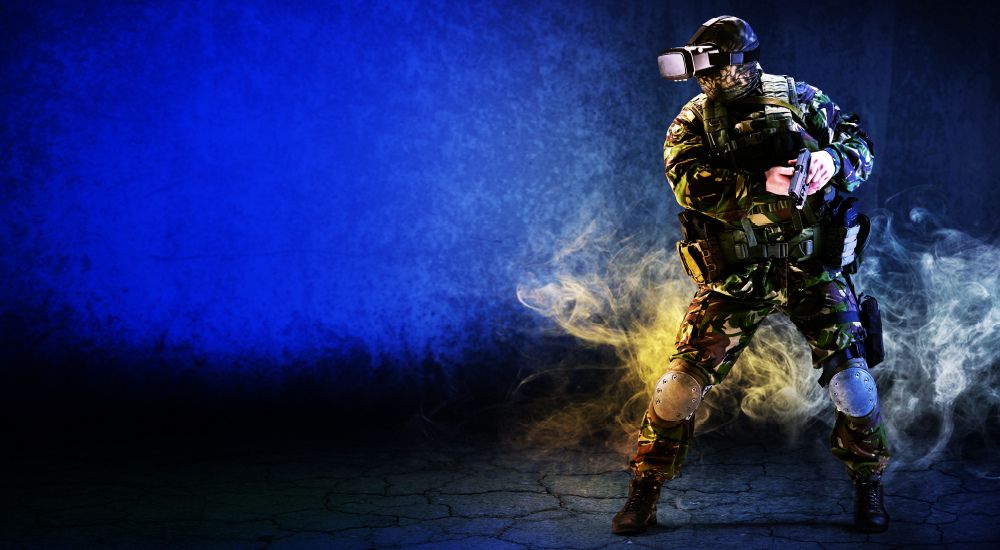How today’s multipolar world is impacting technology decision making
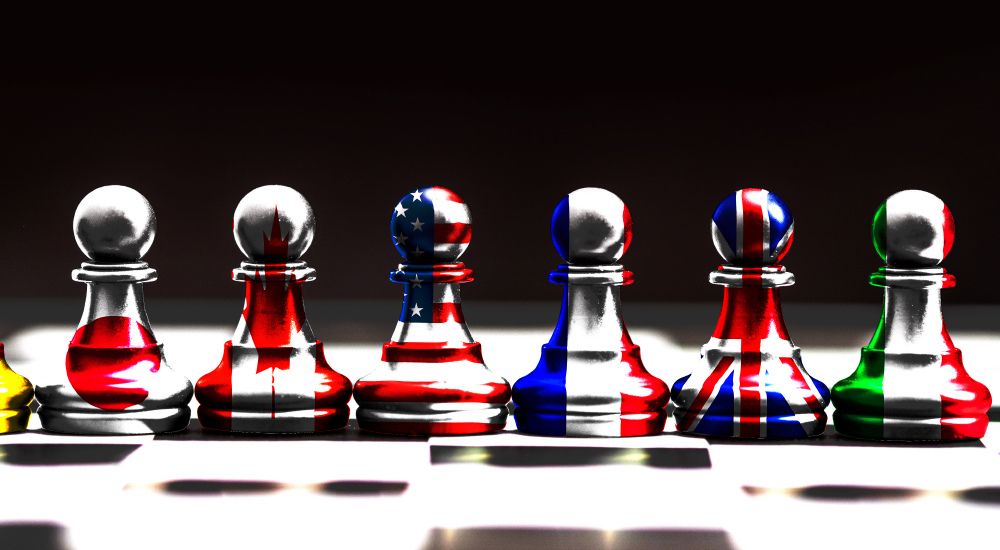
The conflict in Eastern Europe is a humanitarian catastrophe. The catastrophe is leading to significant uncertainty for businesses and government agencies worldwide. Scenario planning is a powerful tool to help leaders imagine a variety of future states in an ongoing disruptive situation to assess long term impacts on their business. These scenarios will help leaders stress-test their current strategies for resilience, and also help to visualise new strategies for success.
Gartner is taking the assumption that we will live in a multipolar world, in contrast to a globalised world. The invasion, like the pandemic, is a further step in this direction.
In the following scenarios, we assume a continued path of deglobalisation toward a multipolar world. A multipolar world is a global socio-political and economic environment that arises when powerful nation states emphasize competition over cooperation in building national infrastructure, which then extends into contested spheres of influence.
The question is what will this multipolar world look like? Tolerated coexistence or continued and expanding conflict?
In addition to political relationships, there are business relationships. What will business exchanges look like? Will enterprises be able to do business in different blocs in the multipolar world? Or will enterprises be restricted to operating within their own bloc?
The long-term effects of the invasion of Ukraine are unclear, as to how they will impact other parts in the world. Over time the reality will shift between, and even back and forth, across multiple scenarios. The impact on various industries will also be very different. When a new equilibrium emerges, it will represent a combination of all explored scenarios.
Scenario planning is a strategic planning tool that is helpful for leaders coping with future states that are highly uncertain. Where other strategic planning methodologies focus on forecasting, extrapolate from today’s situation, scenario planning relies on back casting. This is a process where you imagine multiple future states and then reason backward to how to prepare for those today.
The goal of scenario planning is not to be right about one of the future scenarios, although there may be more likely or desirable ones. The goal is to assess whether you are ready for whatever the future brings on a certain topic.
The reality that unfolds is often a combination of scenarios. However, analysing individual scenarios helps with challenging current assumptions in the business. Scenario planning is often associated with long term. However, short-term decisions, too, are fraught with multiple uncertainties.
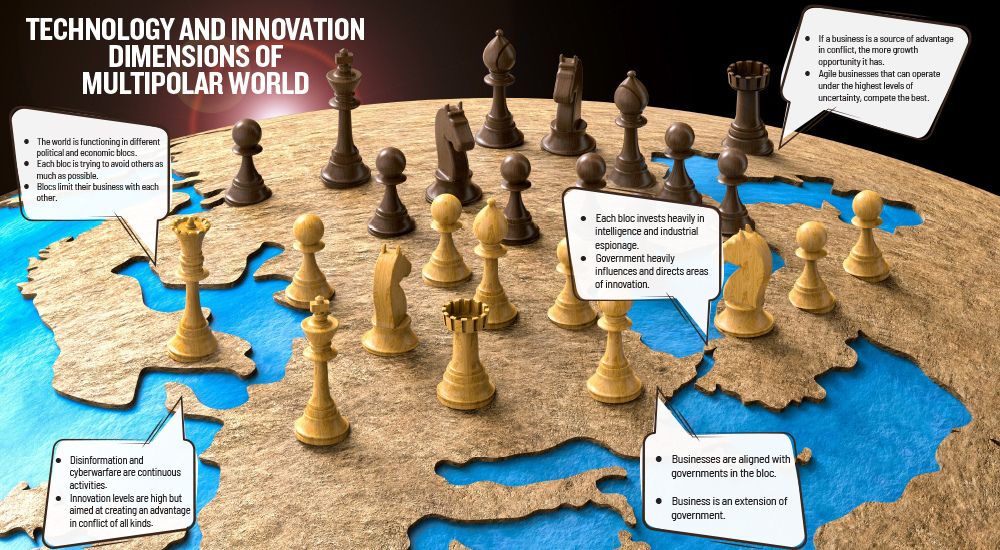
Scenario #1 Worlds apart, Splinternet is a reality
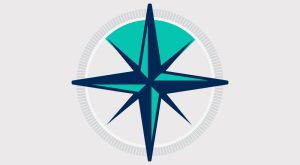
The world is functioning in different political and economic blocs. The power of autocratic states is growing. Each bloc is trying to avoid others as much as possible. Conflict is costly, in terms of human lives and finance.
The invasion of Ukraine is a definitive turning point for business. Western business does not return to Russia. Other blocs also limit their business with each other. Parallel imports and smuggling rise to new heights. Every business is competing within the bloc in which they operate. While there is little direct threat to independence, growth of the blocs is limited to the area in which they operate.
Innovation is the key differentiator. However, it is assumed this uses resources and talent from within the bloc. Fundamental standards diverge. Other blocs may emerge, following the patterns from the East-West-Asia blocs.
Earlier conflicts between blocs are far from resolved. Social unrest is isolated, as different parts of the world interact as little as possible. Not only economically, but also socially and culturally. There is some trust in business within blocs, but limited trust exists between blocs.
While each bloc has its own ethics, the blocs do not intermingle.
In terms of information and technology exchange, the Splinternet is a reality, with the flow of information with other Internets being filtered.
Wikipedia describes the Splinternet or Cyber-balkanisation or Internet balkanisation as a characterisation of the Internet with splintering and dividing due to various factors, such as technology, commerce, politics, nationalism, religion, and divergent national interests. Gartner describes it as multiple separate and autonomous Internets, each regulated by local laws.
There are multiple payment systems and cryptocurrencies, each serving their bloc. Each bloc invests heavily in intelligence and industrial espionage.
Different blocs have different regulatory regimes, but as businesses only act in their own bloc. This has less impact. However, diverging regulatory regimes also take place within blocs, making compliance difficult. Some areas of communication, such as climate change, remain.
Characteristics of a multi-polar world and the emergence of blocs
- The world is functioning in different political and economic blocs.
- The power of autocratic states is growing.
- Each bloc is trying to avoid others as much as possible.
- Conflict is becoming costly, in terms of human lives and finance.
- More blocs may emerge, following the patterns from the East-West-Asia blocs.
- Blocs limit their business with each other.
- Parallel imports and smuggling rise to new heights.
- Every business is competing within the bloc in which they operate.
- Growth of the blocs is limited to the area in which they operate.
- Each bloc invests heavily in intelligence and industrial espionage.
Scenario #2 Weaponised business, disinformation and cyberwarfare are continuous
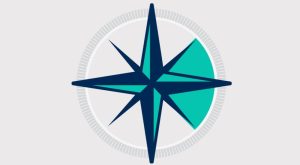
The invasion of Ukraine marks a political turning point. New conflicts arise and existing conflicts expand. New overt conflicts emerge in other parts of the world. Also, within existing countries, separatist movements reignite to attempt to redraw countries’ borders. Both autocratic and democratic governments attempt to grow in size and power.
Businesses are highly aligned with the governments in the bloc in which the businesses operate. In addition to enterprises supporting matters of national security and defence, a new breed of business weaponry emerges-enterprises with high consumer impact, for example payments, entertainment, travel. The higher the impact, the more eligible for weaponization.
Some enterprises are nationalised. The more a business is a source of advantage in conflict, the more growth opportunity it has. Government heavily influences and directs areas of innovation.
Social unrest is high, because of ongoing conflict. Although the economy is thriving, people across blocs may fear losing their jobs or their homes. They fear investing in the future. Society is supporting the conflict, but trust levels in business are low, as business is an extension of government. Business ethics move to the background.
Disinformation and cyberwarfare are continuous activities. A whole industry in information and technology soars, both in terms of creating and avoiding disinformation and security breaches. Social cyberhacktivism is common.
Regulatory forces increase across all blocs, to ensure that all enterprises contribute to their sides of the conflict. Activity or inactivity of climate change will be used as a weapon between blocs.
Characteristics of a multi-polar world and the emergence of blocs
- Businesses are aligned with governments in the bloc.
- New breed of business weaponry emerges, enterprises with high consumer impact.
- The higher the consumer impact, the more eligible for weaponization.
- If a business is a source of advantage in conflict, the more growth opportunity it has.
- Government heavily influences and directs areas of innovation.
- Social unrest is high, because of ongoing conflict.
- Although the economy is thriving, people across blocs may fear losing their jobs or homes.
- People fear investing in the future.
- Society is supporting conflict, but trust levels in business are low.
- Business is an extension of government.
- Business ethics move to the background.
- Disinformation and cyberwarfare are continuous activities.
- A whole industry in information and technology soars for creating and avoiding disinformation and security breaches.
- Social cyberhacktivism is common.
Scenario #3 High alert, agile businesses compete under highest levels of uncertainty
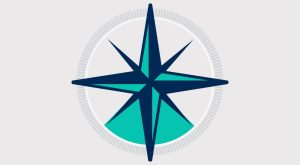
Geopolitically, increased instability leads to an increasing number of conflicts. Within existing blocs, separatist movements are reignited to redraw countries’ borders. Autocratic and democratic forces worldwide remain balanced.
In this new reality, business finds ways to return to previous markets, and keep the lights on in other conflict areas too. Business must be on high alert, while keeping significant reserves in case write-offs are needed. Business maintains contingency plans for supply chains and operations in case it needs to withdraw from an area temporarily.
Those agile businesses that can operate under the highest levels of uncertainty, compete the best. Innovation levels are high, but they are aimed at creating an advantage in continued conflict of all kinds, both kinetic and virtual.
Social unrest is high because of the conflicts. There is limited social tolerance as business is still conducted between blocs. However, through connected business, there is still some cultural exchange.
Disinformation and cyberwarfare are ongoing activities. A whole industry in information and technology soars, both in terms of creating and avoiding disinformation and security breaches.
Global social media platforms and globally operating businesses are being used for disinformation campaigns. Some even benefit from it. Trust levels are low. Each bloc has its own ethics, and these blocs compete.
Businesses should adapt to multiple regulatory regimes and must continuously resolve conflicts. Businesses will compartmentalise as much as they can. Transparency will drive increased visibility of emissions performance, resulting in climate shaming of laggards, impacting reputation and trust.
Characteristics of a multi-polar world and the emergence of blocs
- Those agile businesses that can operate under the highest levels of uncertainty, compete the best.
- Innovation levels are high but aimed at creating an advantage in conflict of all kinds.
- Disinformation and cyberwarfare are ongoing activities.
- An industry in information and technology booms for creating and avoiding disinformation and security breaches.
- Social media platforms and operating businesses are being used for disinformation campaigns.
- Businesses should adapt to multiple regulatory regimes and must continuously resolve conflicts.
- Transparency will drive increased visibility of emissions performance, resulting in climate shaming of laggards.
Scenario #4 Rebuild bridges, innovation flourishes but not as before
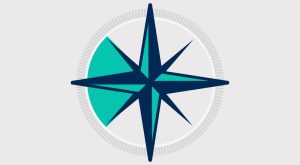
The invasion of Ukraine becomes a wake-up call to the world. Other nations see the cost of geopolitical conflict as unbearable. Economic reasoning prevails. There is a balance between democratic and autocratic nations. This is the most optimistic scenario for business.
Business returns to Russia and Russian businesses seek closer relationships to the West. Businesses compete globally. But this is not a world that is back to normal.
Globalisation is limited to an economic component. Social globalisation remains limited. The underlying conflicts are not resolved. Business just comes first. Businesses tread cautiously, as the basis for business is smaller and the volatility is higher than in the previous decades of globalisation.
Businesses compete again on a global scale, but they still rely on continued contingency planning. Innovation can flourish, but not as before in the globalised world. Trust levels are stable. Each bloc has its own ethics, but blocs reconcile through business.
Disinformation campaigns and cyberattacks still occur but shift to nonstate actors. Businesses should take care that their information and technology platforms are not abused by nonstate actors.
Every bloc in the world has its own regulatory regime, and business must comply with sometimes conflicting regulations. Nations have restored a level of collaboration with business being a connective force. Initiatives around climate change, for example, may accelerate.
Characteristics of a multi-polar world and the emergence of blocs
- Nations see the cost of geopolitical conflict as unbearable.
- There is a balance between democratic and autocratic nations.
- Businesses compete again on a global scale, but they still rely on continued contingency planning.
- Innovation can flourish, but not as before in the globalised world.
- Each bloc has its own ethics and blocs reconcile through business.
- Disinformation campaigns and cyberattacks still occur but shift to nonstate actors.
- Every bloc in the world has its own regulatory regime.
- Nations restore a level of collaboration with business being a connective force.
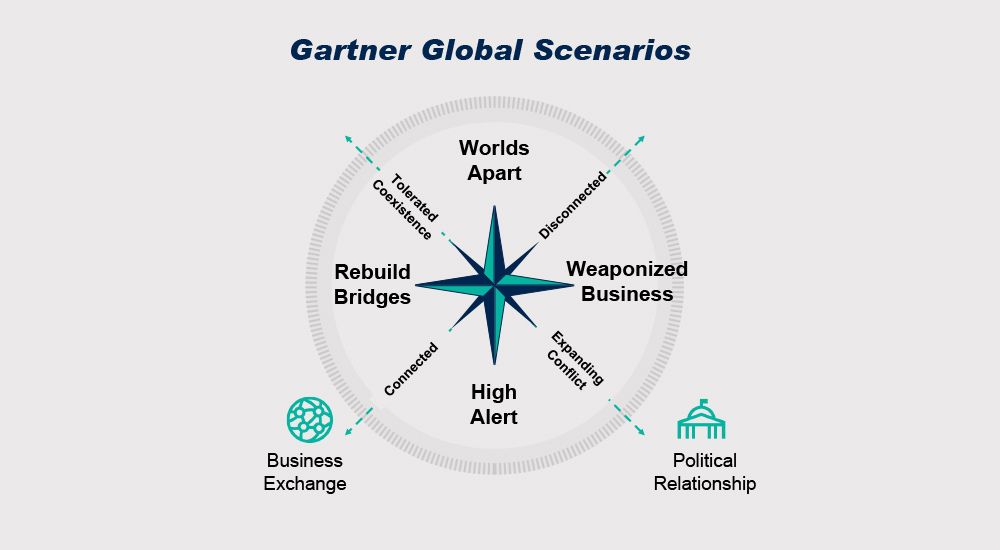

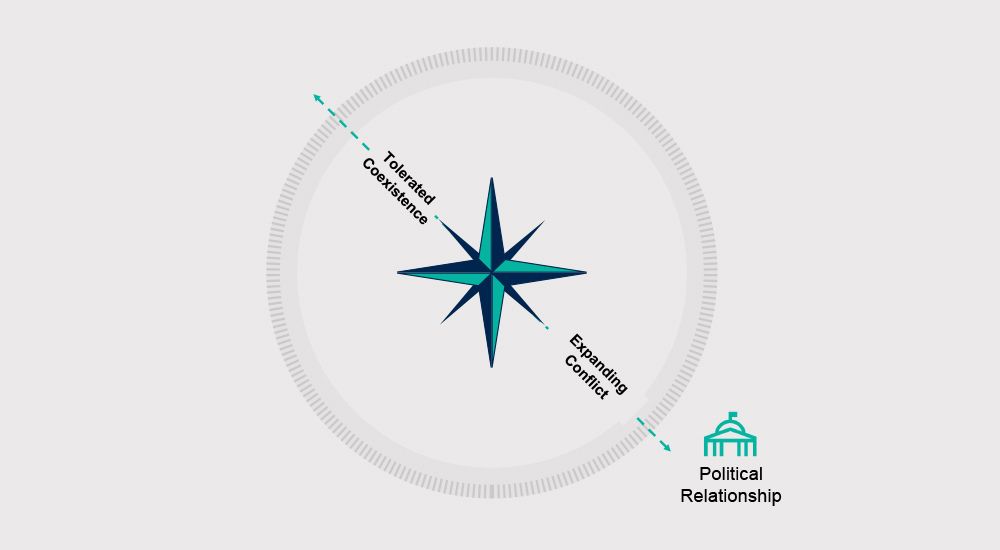
Action plan for IT executives
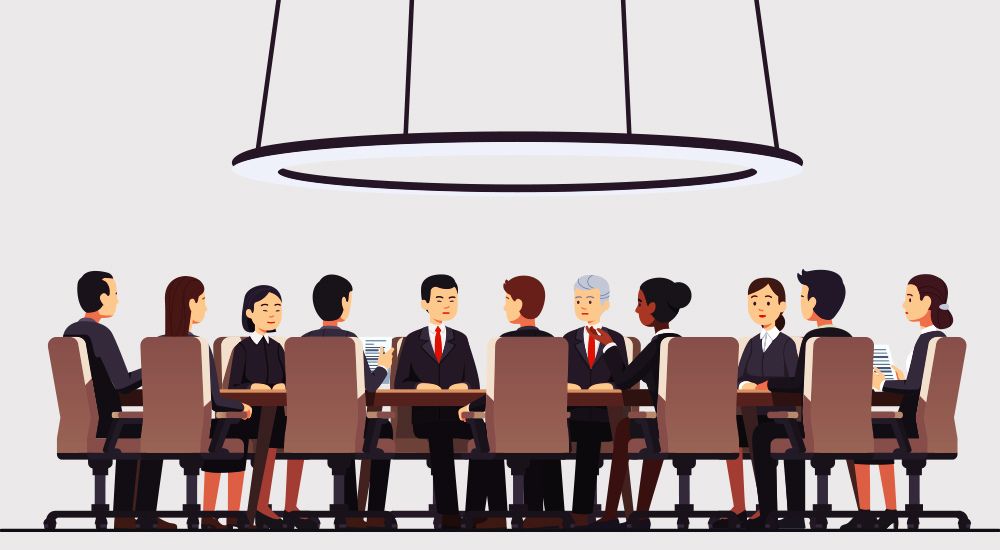
Scenario #1

Engage with the executive team to establish ethical criteria for determining trusted relationships with partners and suppliers including technology providers within the bloc. Disconnect non-trusted partners. Find alternatives within your bloc to keep operations running.
Scenario #2

Establish automated sensing apparatus to continuously monitor government regulations and mandates within your bloc and in other blocs. Rearchitect your systems and ecosystems for safe, fast and easy adaptation and composability. Cybersecurity is paramount.
Scenario #3

Make adaptability your mantra to enable enterprise profitability and other necessary outcomes despite uncertainty. Revisit business and technology recovery plans to be resilient in the face of a sudden impact. Ensure heightened security capability in defence of trading networks.
Scenario #4

Identify highly differentiated and commodity business capabilities worth executing with the other bloc. In parallel, find backup partners and suppliers to respond to sudden geopolitical changes among opposing blocs. There is also a chance to continue to work with opposing blocs on shared environmental concerns.
Adapted and excerpted from 4 Scenarios to Assess Long-Term Implications of the Russian Invasion of Ukraine by Gartner Inc. Co-authored by Brent Adamson, Maria Boulden, Frank Buytendijk, David Cearley, James Crocker, Tiffany Fountain, Tsuneo Fujiwara, David Furlonger, Penny Gillespie, Betsy Gregory-Hosler, David Groombridge, Nolan Hart, Jay Heiser, Janelle Hill, Markus Hofbauer, Helen Huntley, Jennifer Kinsmann, Alexander Kirss, Benjamin Loring, Aapo Markkanen, Abbott Martin, Mark McDonald, Ewan McIntyre, Emily Rose McRae, Tomas Nielsen, Tina Nunno, Sam Olyaei, Brian Prentice, Marko Pukkila, Marty Resnick, Craig Riley, Rita Sallam, Daniel Sanchez-Reina, Brook Selassie, Peter Skyttegaard, Autumn Stanish, Bettina Tratz-Ryan, Caroline Walsh, Sarah Watt, Mike West, Bart Willemsen, Rui Zhang.
The conflict in Europe is creating a multipolar world and various scenarios on how to adapt technology decision making to this reality.
